Update (2/20/2022): This blog post was updated in February 2022 to refresh links to two original Productivity Future Vision videos that were removed from the web by Microsoft sometimes in 2020-2022, as well as to share a screenshot of a Spatial Desk in reality built by our Founder in early 2021.
Today you know Zet Universe not only as a product, but also as a long journey towards creation of a true spatial user environment, designed to make work with large amounts of information intuitive and simple.
Originally, Zet Universe was inspired by our founder's previous work at Microsoft (2007-2010), made in collaboration with the Office Labs and Office Labs Envisioning teams.
Between 2007 and 2009, those teams worked on many aspects of the future of Productivity, including but not limited to new device form factors (be that new phones, tablets, walls, or big desktops), new kinds of team software (precursors to Slack and Yammer, spatial environments, etc.), and so on.
Some of those ideas were released by Office Labs via the (now defunct) website officelabs.com, and experiments like "Canvas for OneNote" became truly popular among the Office power users. But, certainly, the biggest visible outcome of that work was the Productivity Future Vision video itself, shown below.
Originally, Zet Universe was inspired by our founder's previous work at Microsoft (2007-2010), made in collaboration with the Office Labs and Office Labs Envisioning teams.
Between 2007 and 2009, those teams worked on many aspects of the future of Productivity, including but not limited to new device form factors (be that new phones, tablets, walls, or big desktops), new kinds of team software (precursors to Slack and Yammer, spatial environments, etc.), and so on.
Some of those ideas were released by Office Labs via the (now defunct) website officelabs.com, and experiments like "Canvas for OneNote" became truly popular among the Office power users. But, certainly, the biggest visible outcome of that work was the Productivity Future Vision video itself, shown below.
SPATIAL UX: CANVAS, PLEX, ETC.
In 2007-2009 that idea of the spatial environment caught a lot of attention across the company; ideas of Jef Raskin and his ZUI were singing in the future visionaries' hearts, as well as the hard work of the folks behind first Microsoft Surface (table).
That amount of attention led to creation of several projects, with most of them concentrated in the Office Labs organization.
The spatial environment itself, internally also called as "Plex", or "Canvas", was designed to be a zoomable infinite canvas, one that enables users to intuitively organize their information into projects ("spaces"), and each of those spaces to have rich information objects placed directly on canvas. By zooming in and out, one could jump from small details to the "bigger" picture, following their thought process, and by organizing objects spatially, one could organize them by their meaning to each other.
These simple principles have been forever imprinted in the teams' hearts and minds, and thus many variations of this spatial environments were born in the process:
Windows Canvas, made by our founder, later became a foundation for Zet Universe, while other apps either got their app momentum (like Canvas for OneNote), or at least got their attention in the press:
That amount of attention led to creation of several projects, with most of them concentrated in the Office Labs organization.
The spatial environment itself, internally also called as "Plex", or "Canvas", was designed to be a zoomable infinite canvas, one that enables users to intuitively organize their information into projects ("spaces"), and each of those spaces to have rich information objects placed directly on canvas. By zooming in and out, one could jump from small details to the "bigger" picture, following their thought process, and by organizing objects spatially, one could organize them by their meaning to each other.
These simple principles have been forever imprinted in the teams' hearts and minds, and thus many variations of this spatial environments were born in the process:
- Canvas for OneNote (made by Office Labs)
- Windows Canvas/Project Universe (made by our founder, Daniel Kornev)
- pptPlex (made by Office Labs)
- Plex (made by Office Labs Envisioning)
- Code Canvas (made by MSR)
- Debugging Canvas (made by MSR)
- (some other internal undisclosed prototypes)
Windows Canvas, made by our founder, later became a foundation for Zet Universe, while other apps either got their app momentum (like Canvas for OneNote), or at least got their attention in the press:
SPATIAL DESK
Alan Key, a computer science pioneer, once said a very important thing about designing software:
People who are really serious about software should make their own hardware.
And so, among many things Office Labs and its partners worked on in the 2007-2009 time frame, several hardware prototypes were born (designed by John Snavely & Russ Burtner).
It was not just a set of devices, but a dream of a new set of devices for productivity, for information workers: new tablet, new phone, big wall, and a Spatial Desk.
It was not just a set of devices, but a dream of a new set of devices for productivity, for information workers: new tablet, new phone, big wall, and a Spatial Desk.
The key idea behind the Spatial Desk was its ability to provide its user with a giant touchable surface, that could be usable both in the horizontal and vertical form, making it easy to work with the large spatial environment that other teams were hard working on.
By 2010, the Envisioning team got first hardware prototype of the Spatial Desk:
By 2010, the Envisioning team got first hardware prototype of the Spatial Desk:
As the first Productivity Future Vision has been released to the public in 2009, Envisioning Team continued its work, refining its concepts, and, of course, Spatial Desk has been upgraded.
In 2011 a second video, a follow-up if you like, was made by the Envisioning team, continuing this approach:
However, a shift in direction has happened, and Microsoft moved to a simpler set of devices, starting with Surface Pro, a 2-in-1 tablet.
WHERE ARE WE DECADE AFTER?
Today, almost a decade later, we are not there yet, both in terms of software and hardware.
MICROSOFT: DECADE LATER
SOFTWARE
Internal Microsoft efforts ended up with the Zoom feature in PowerPoint, available for the Office 365 customers, while the rest of the projects vained.
Another Productivity Future Vision video has been produced recently, illustrating new categories of Surface devices with it, including but not limited to 2-in-1 tablets, PixelSense wall, and Surface Studio:
HARDWARE
That amazing Spatial Desk, shown above, haven't made it, yet. The closest thing Microsoft got to that Spatial Desk is Surface Studio, shown in the latest Productivity Future Vision.
Update (2/20/2022): Our founder built a real prototype of the spatial desk using the market-available hardware in February 2021:
This setup is enabled by one 27" multi-touch screen with pen input (Dell Canvas 27", bought from Amazon), and two 15.6" multi-touch screens (w/ VESA mounts) bought from AliExpress.
ZET UNIVERSE: DECADE LATER
In the meanwhile, we at Zet Universe have went through 8 iterations, and are currently working at the 9th iteration, making Zet Universe simple and small again.
ITERATIONS #1-#8 (2009-2016)
ITERATION #9 (2016-2017)
This was a very long journey (8 years since first prototype, 10 since first ideas, 5 since company creation), and it's a kind of journey not everybody could make.
However, it's great to see that some of the hardware envisioned for the Information Workers of the future, is now available.
As of us... We've made a lot of iterations, learned a lot in the process, tried many different things... We've made mistakes. We've got some positive feedback.
Today, we have a fantastic team, and we are looking forward to impress you with our newest software, delivering you a spatial environment you could only dream about!
Stay tuned!
However, it's great to see that some of the hardware envisioned for the Information Workers of the future, is now available.
As of us... We've made a lot of iterations, learned a lot in the process, tried many different things... We've made mistakes. We've got some positive feedback.
Today, we have a fantastic team, and we are looking forward to impress you with our newest software, delivering you a spatial environment you could only dream about!
Stay tuned!
ITERATION #10 (2017-2020)
Update (2/20/2022): After joining Yandex, our Founder made an experimental integration of Zet Universe v2 (2013-2016) with Yandex Tracker.
After leaving Yandex, our Founder made more experimental integrations with Snips (now acquired by Sonos), ABBYY Information Extractor, Integrum, and other Russian and international information processing/cognitive/Conversational AI systems. The last integration was made for a Conversational AI startup our Founder was consulting in a CPO role in late 2019-early 2020.
After leaving Yandex, our Founder made more experimental integrations with Snips (now acquired by Sonos), ABBYY Information Extractor, Integrum, and other Russian and international information processing/cognitive/Conversational AI systems. The last integration was made for a Conversational AI startup our Founder was consulting in a CPO role in late 2019-early 2020.
ITERATION #11 (2020-NOW)
Update (2/20/2022): After joining DeepPavlov in a CPO role, our founder focused his attention on setting up and building a product organization there. However, as his role got more and more incoming information ready for processing, a concept of Zet Universe became viable once again. Current experiments are focused on building some sort of a "Canvas for Slack".

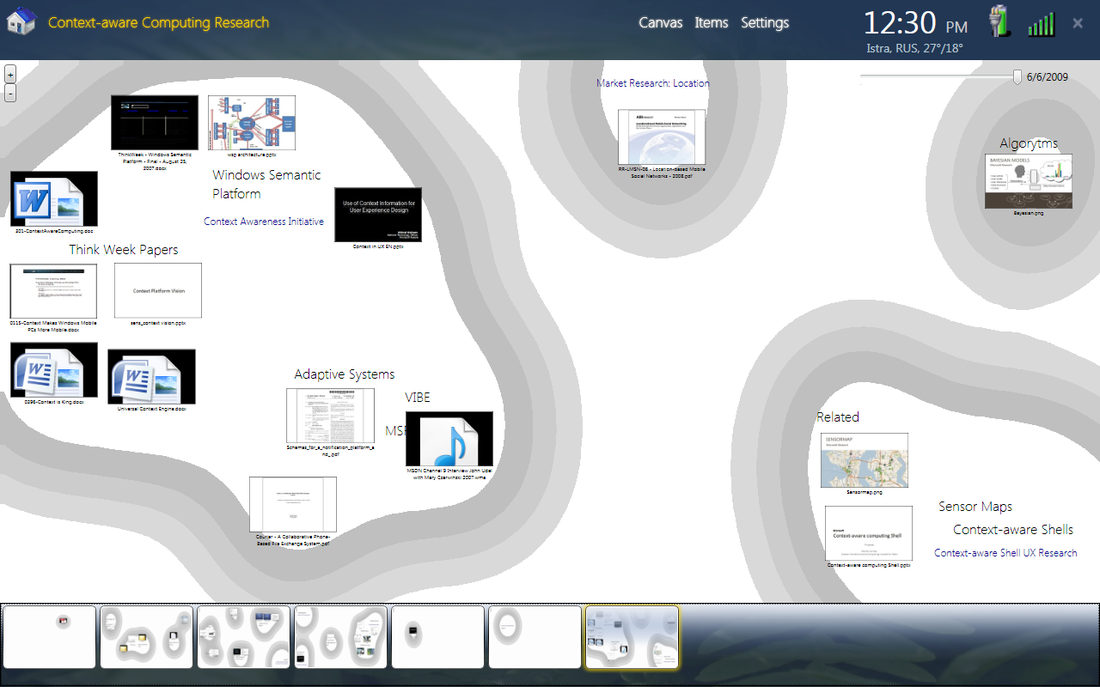
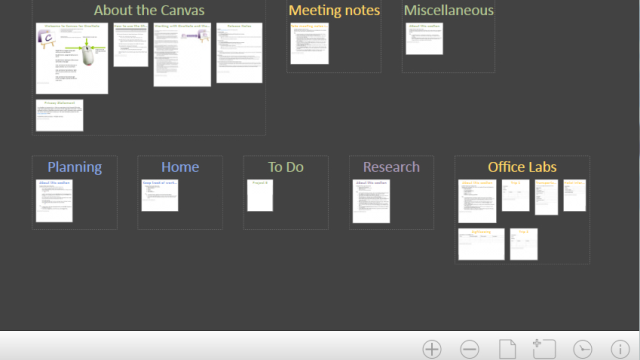
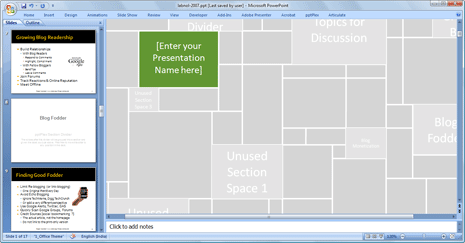
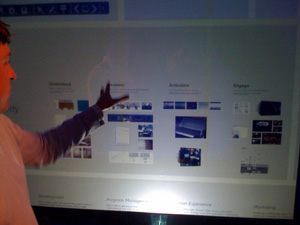
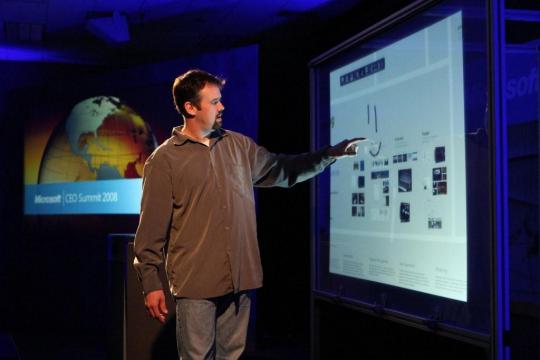
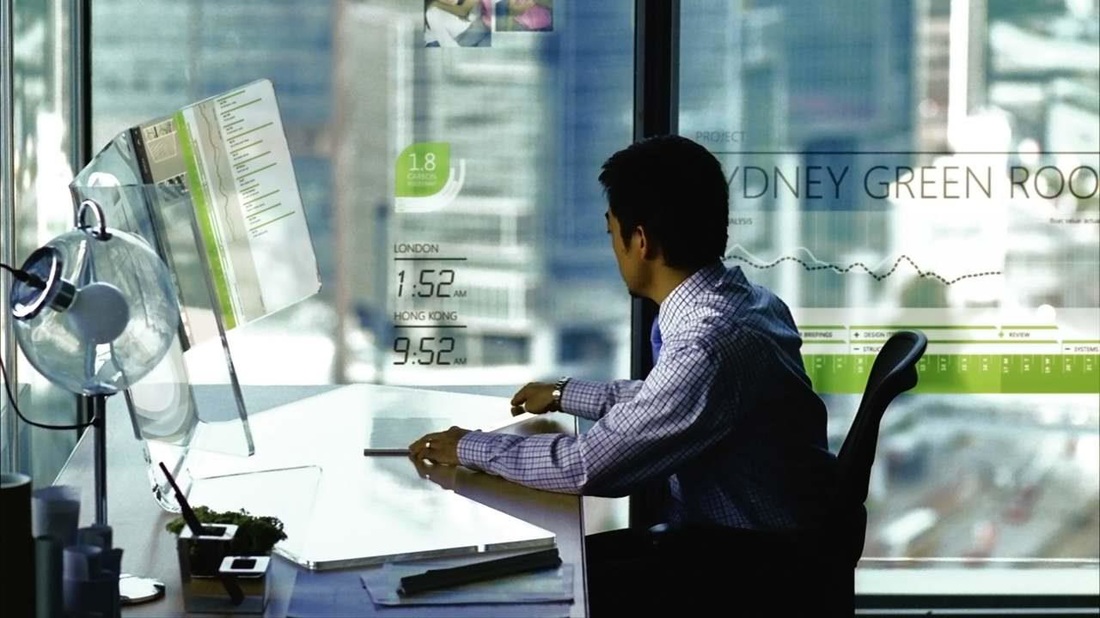
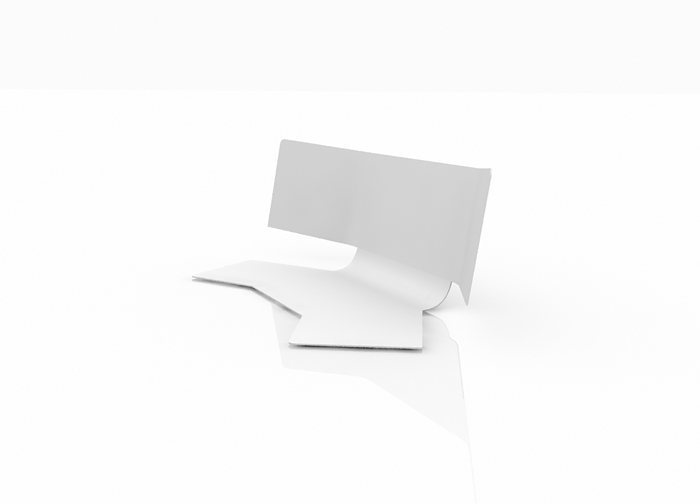
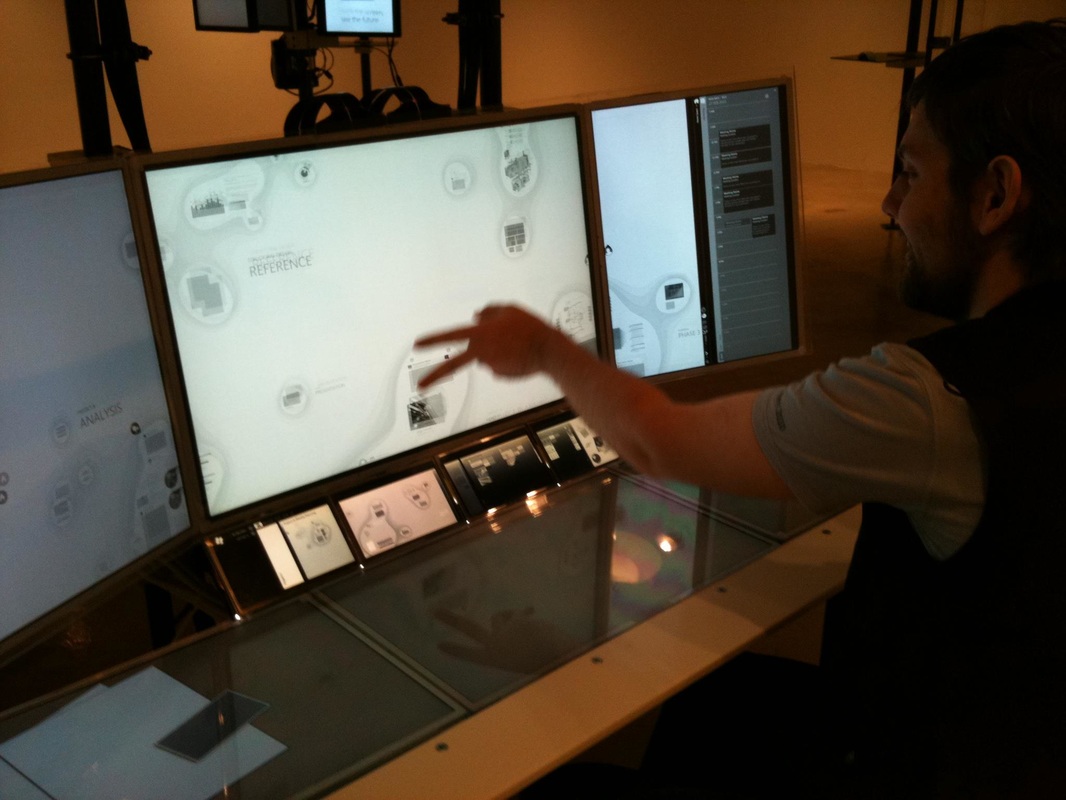
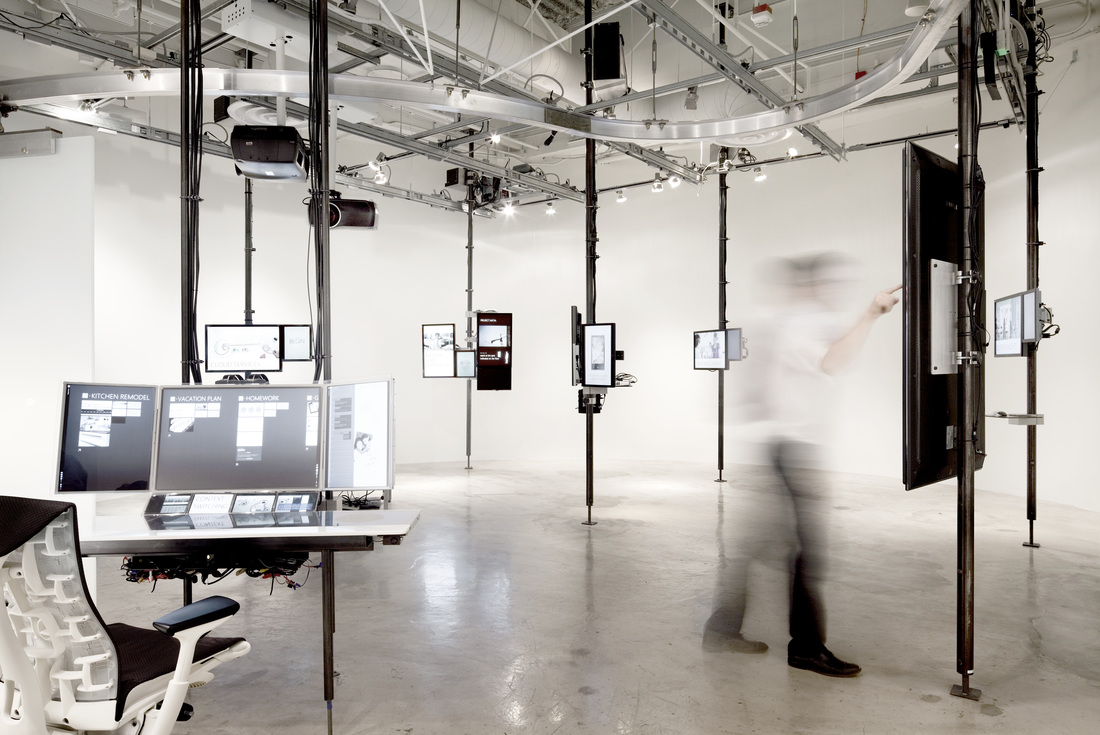
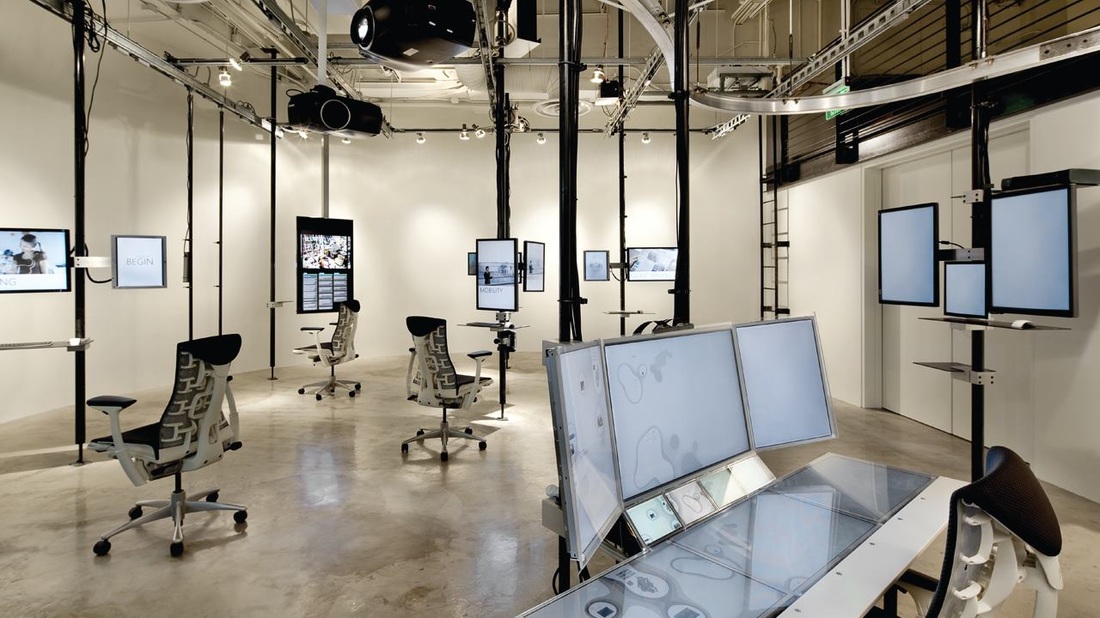
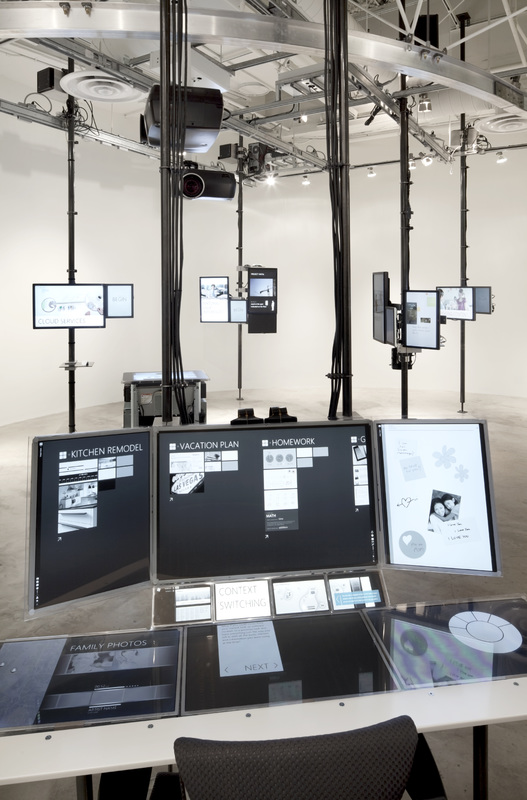
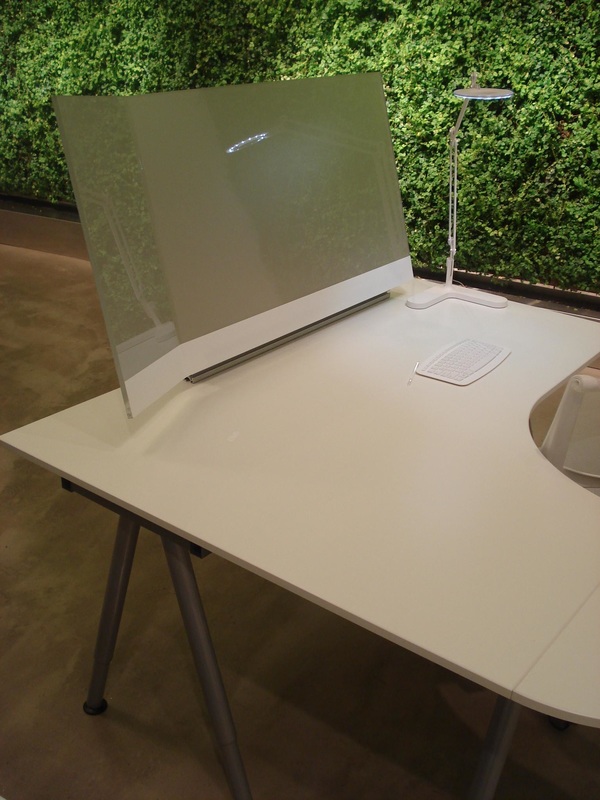
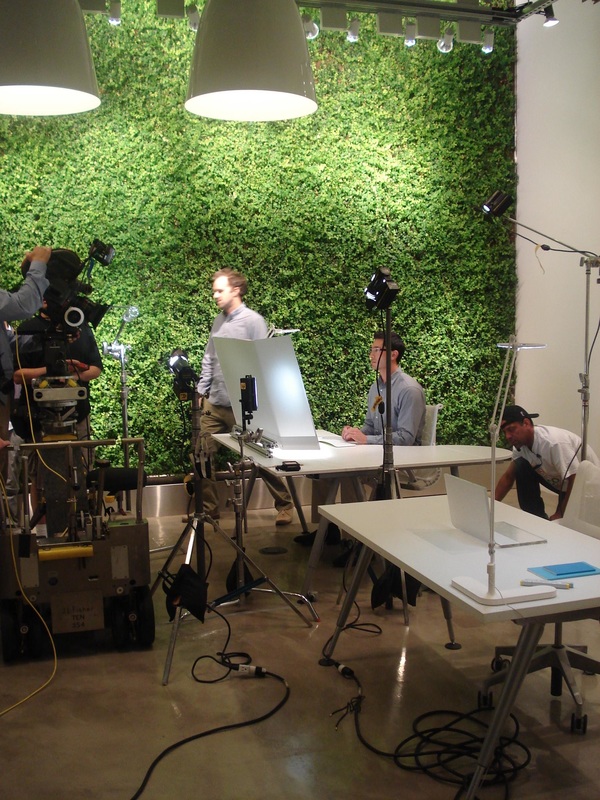

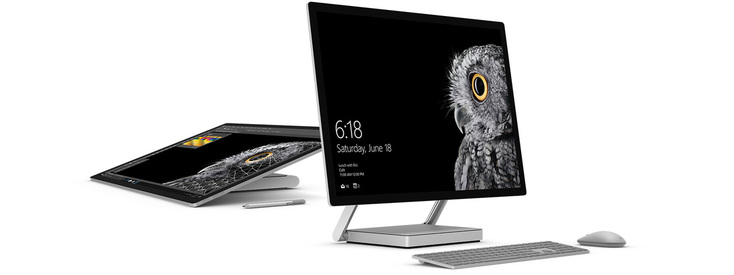
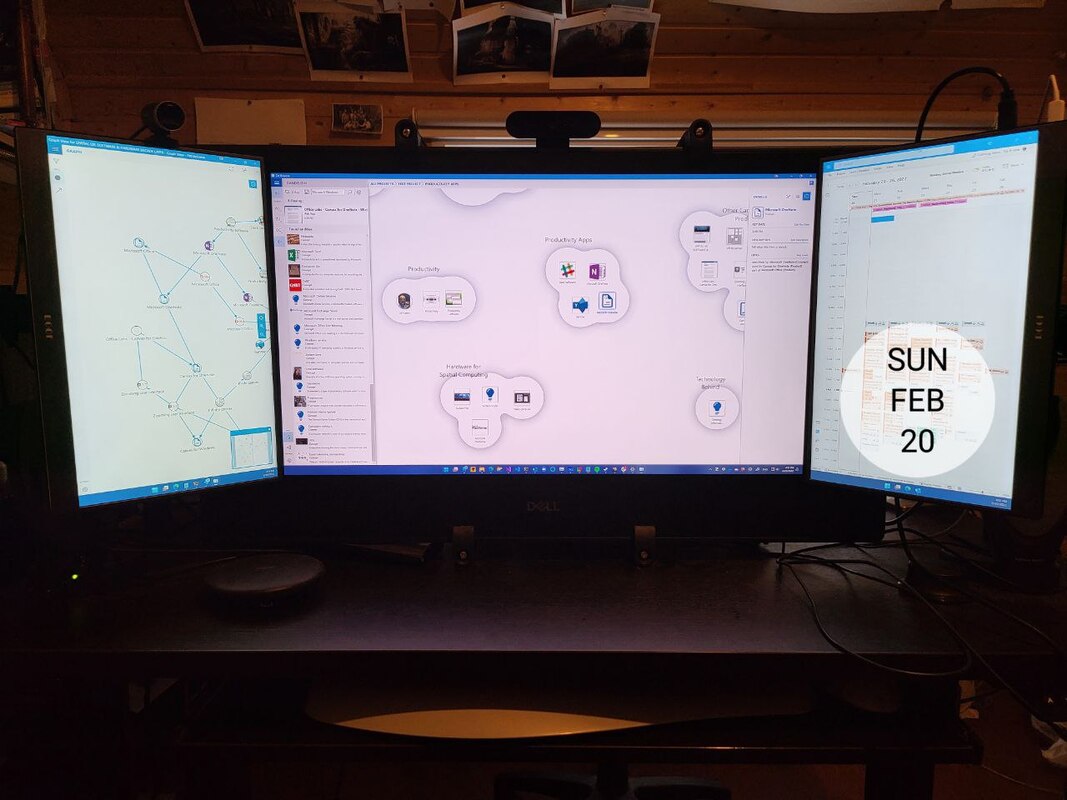
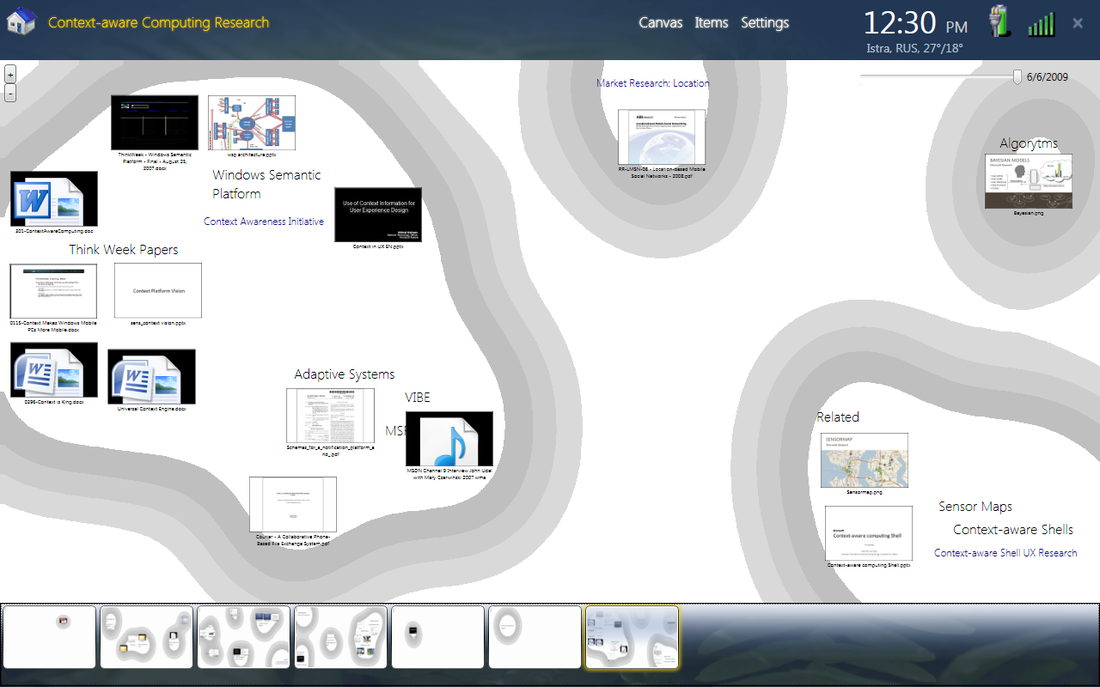
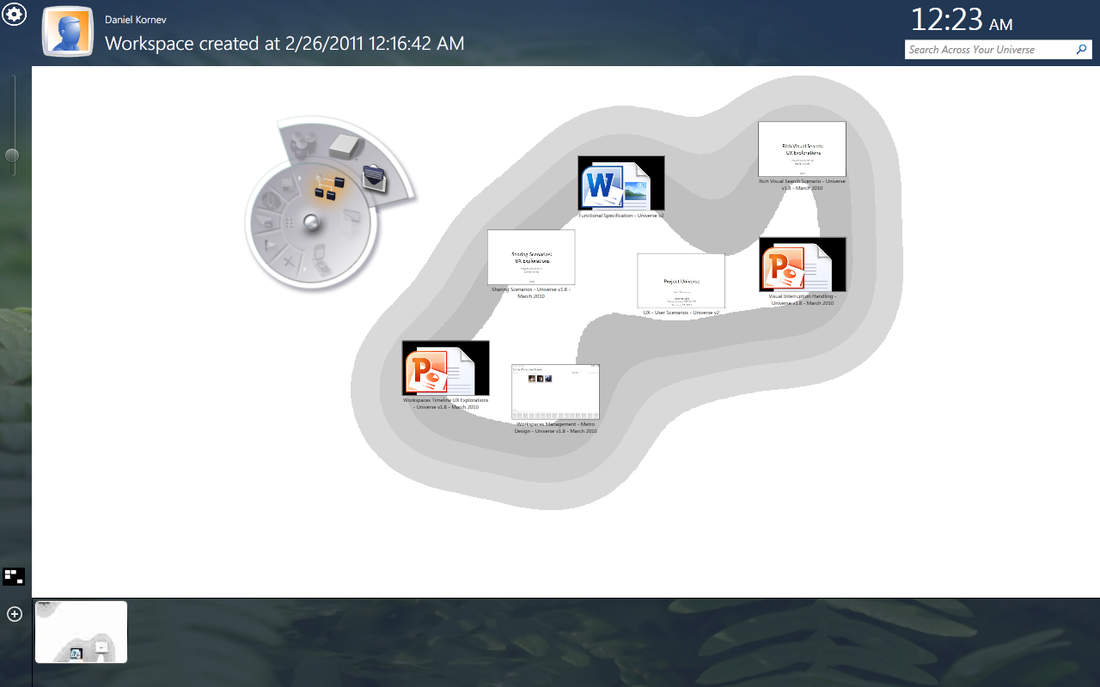
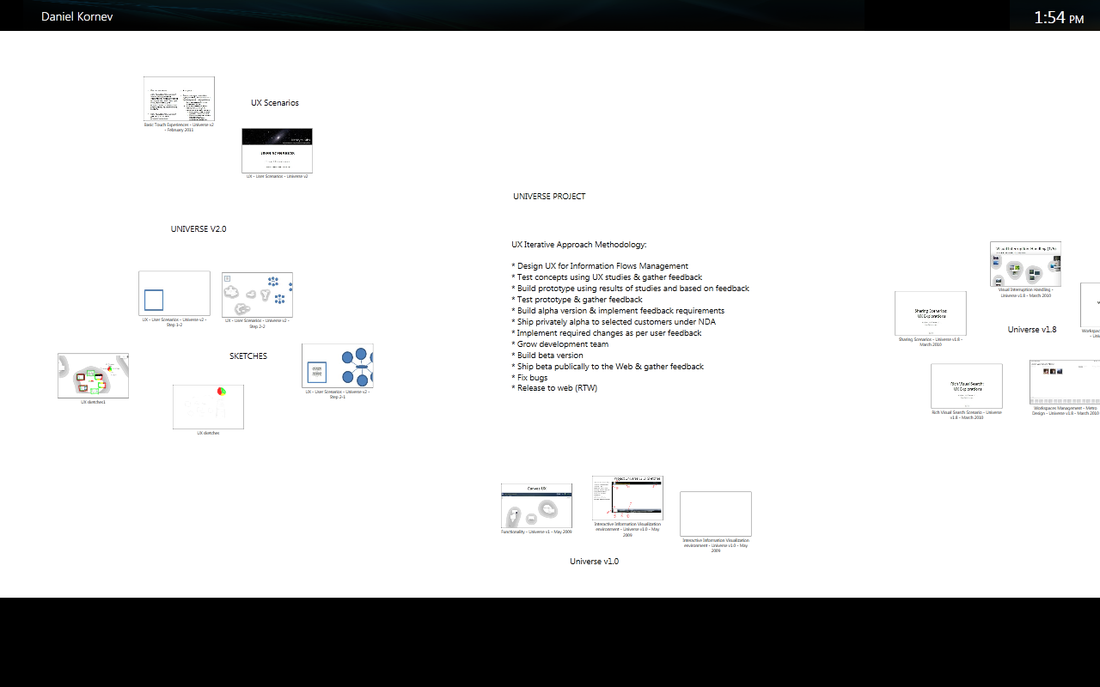
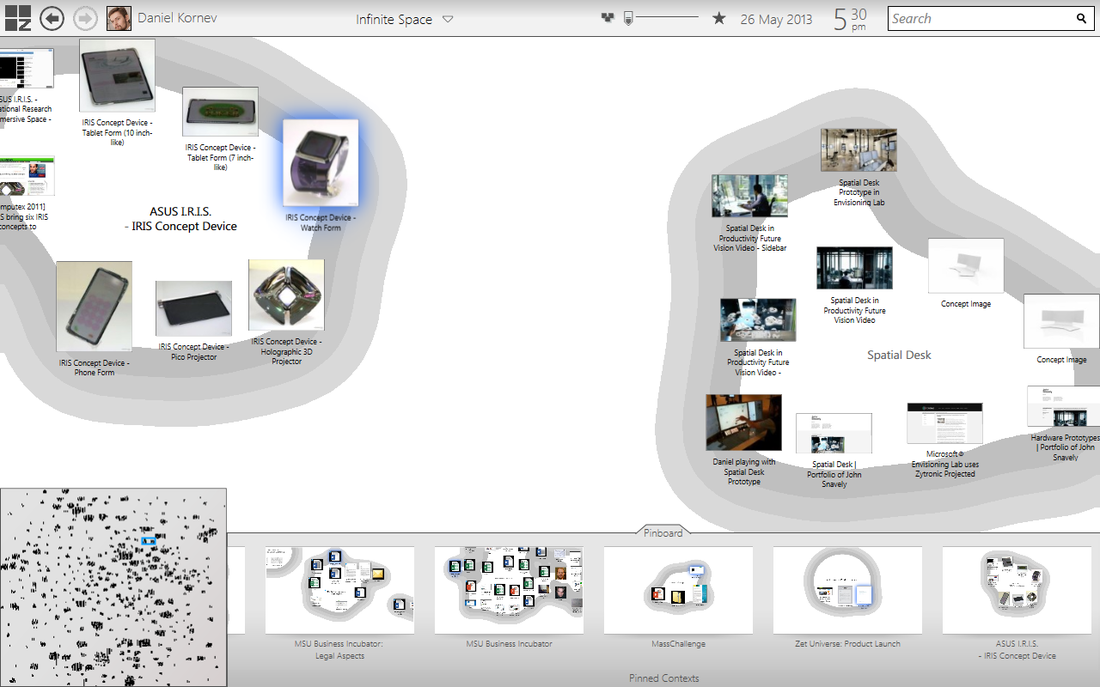
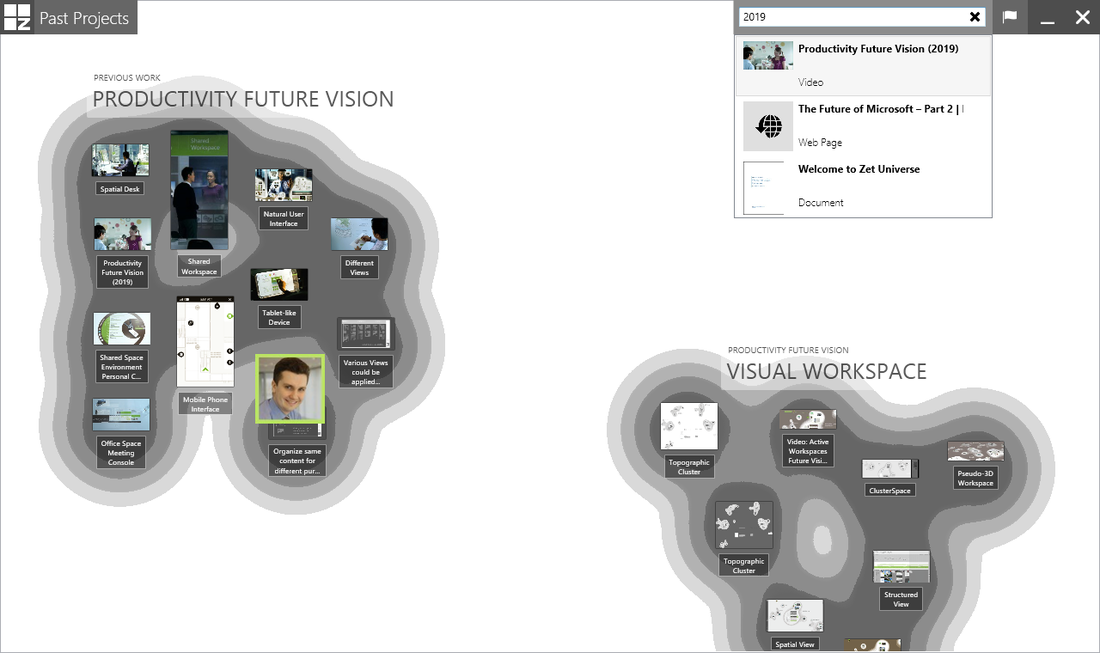
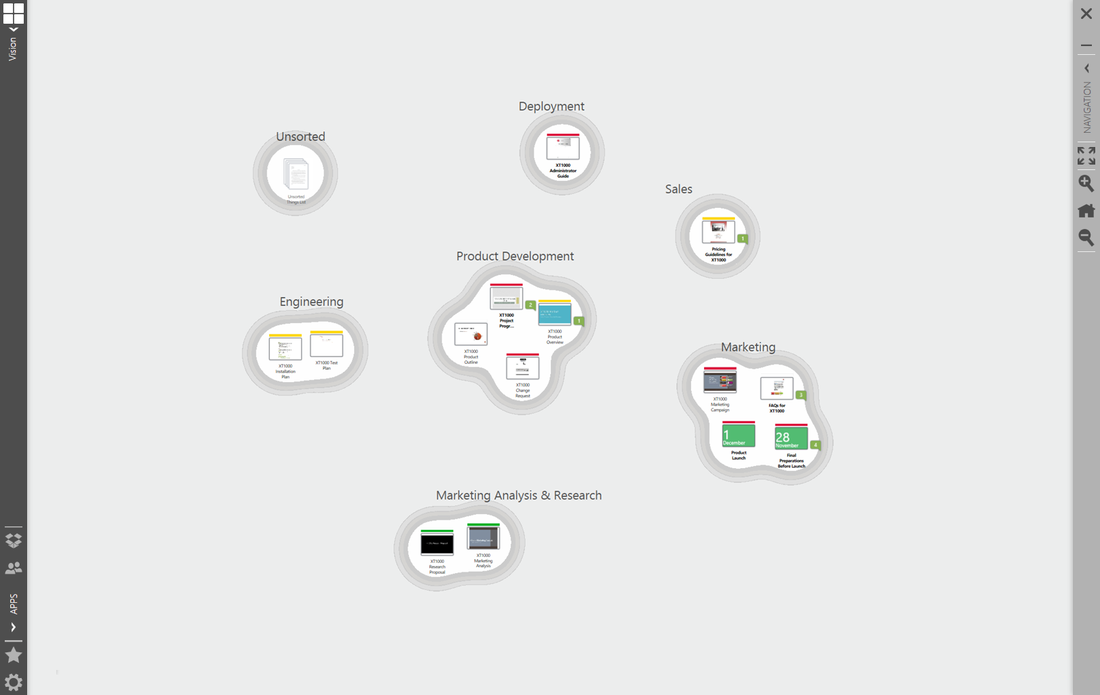
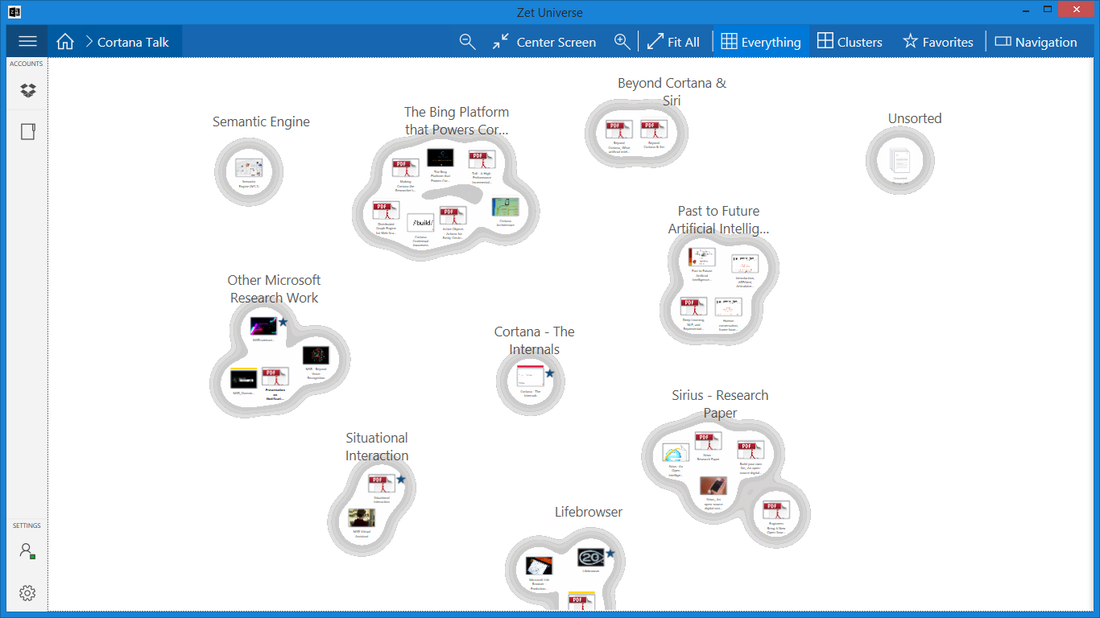

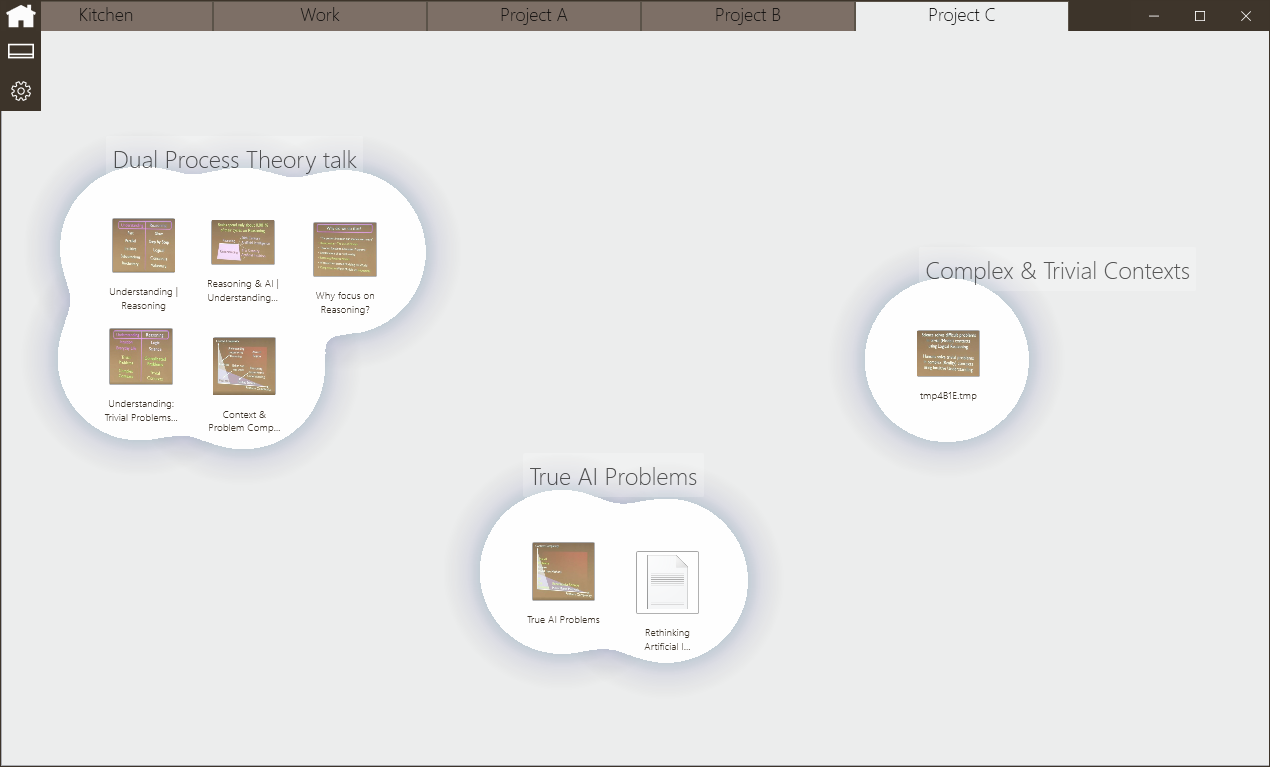
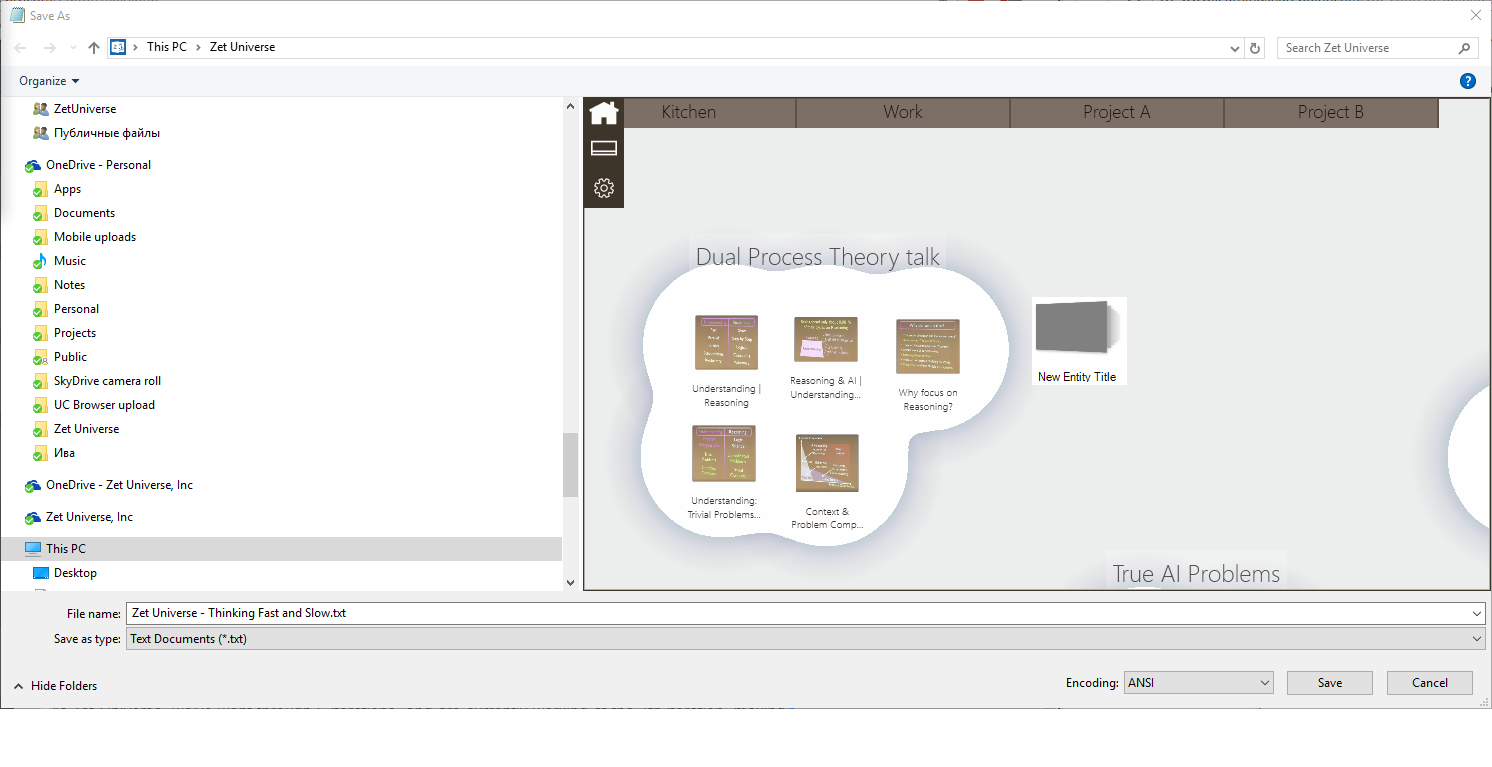
 RSS Feed
RSS Feed
